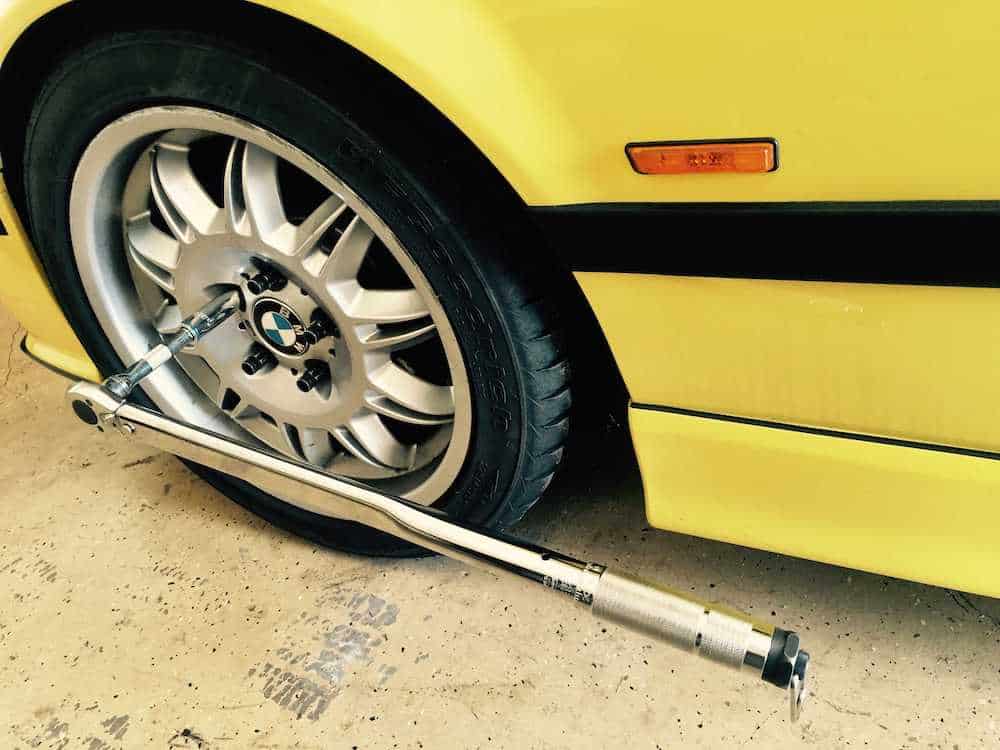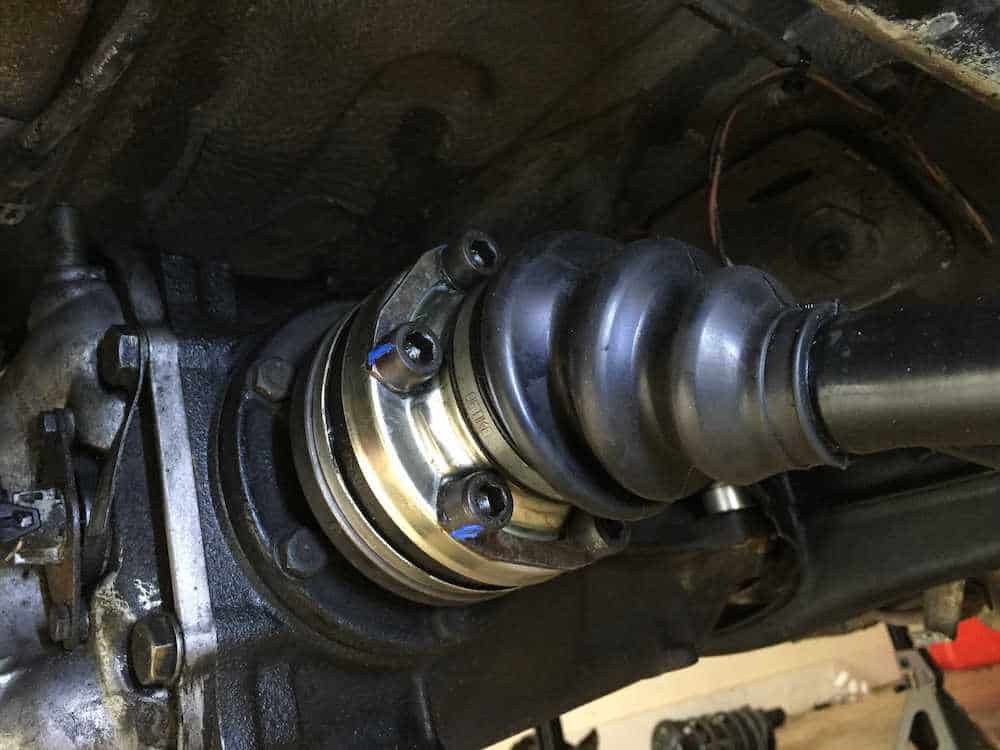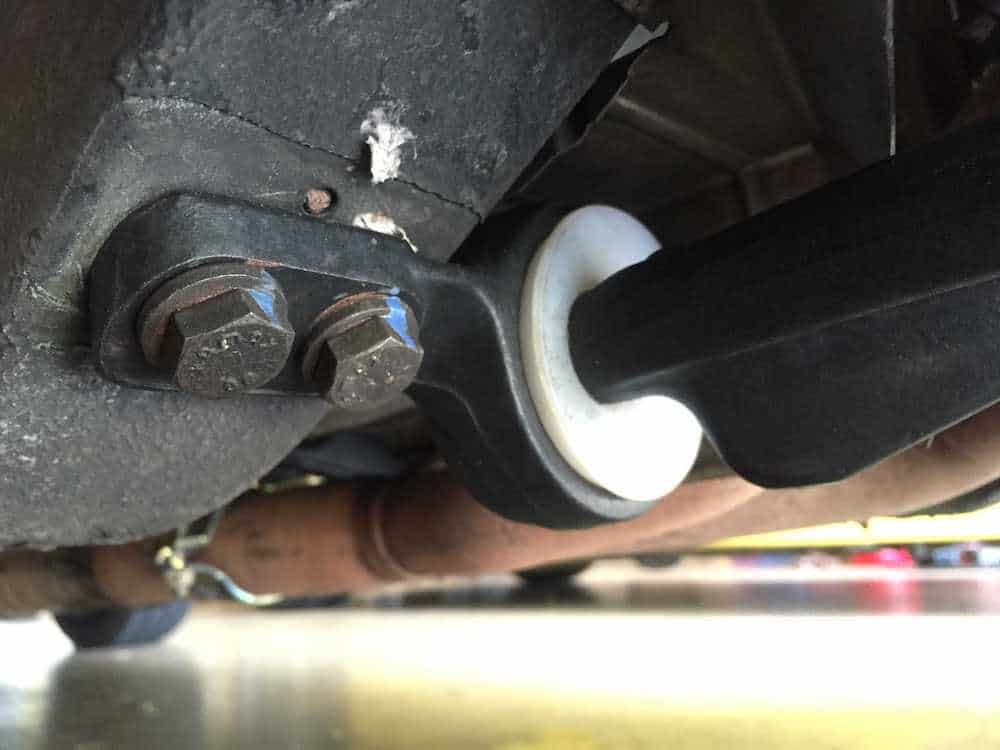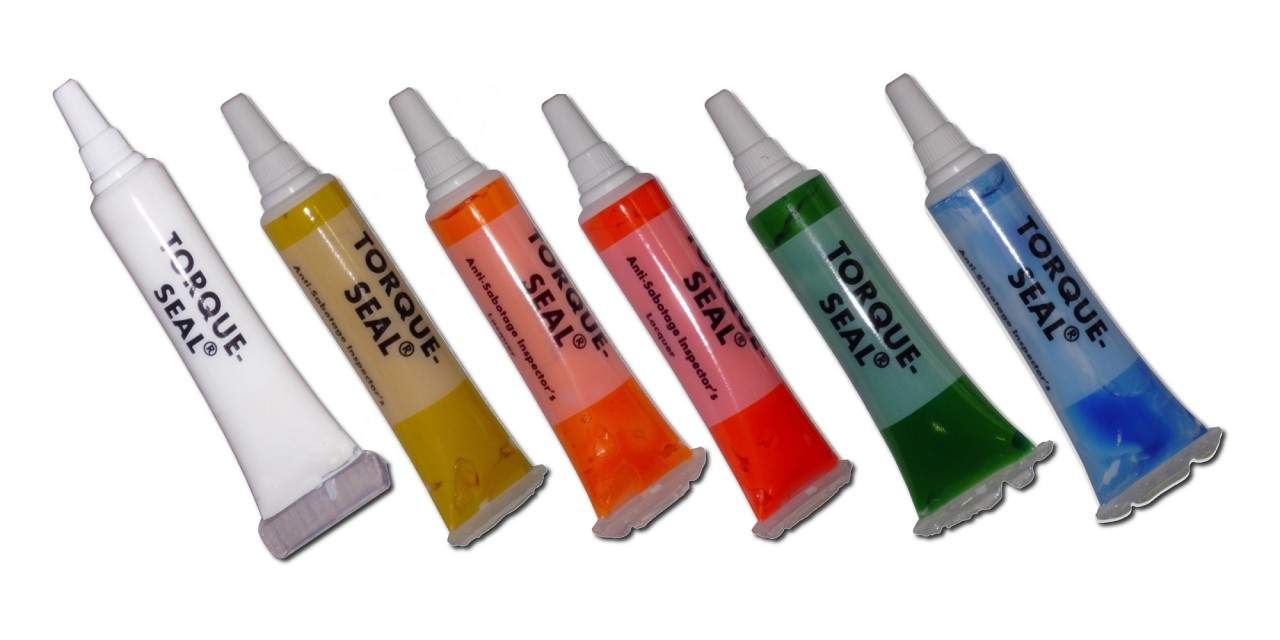


Each bolt or nut you tighten on your car has calculated torque values specifically designed for assembly. Whether installing your lug bolts on your car after removing a tire, replacing spark plugs, or replacing a water pump, every component hardware has a torque. Both under torquing and over-torquing a bolt can have a catastrophic failure, therefore it is important to tighten each bolt or nut to the manufacturer's specified values.
What is torque?
Torque: A twisting force that tends to cause rotation.
When applying a socket to a nut and turned down on, the force rotates the bolt. As it tightens the bolt has tension stress acted on it which stretches the out bolt. Over torquing the nut or bolt too much will cause the bolt to stretch until failure. Under torquing a bolt or nut will cause it to rattle loose over time.
How is torque measured?
The measure of torque equals force multiplied by distance. A lug nut, for example, may have a torque value of 75 foot-pounds. Imagine having a wrench 1 foot in length with a 75-pound weight at the end, this resulting force is equal to a torque of 75 ft-lbs. A 2-foot wrench with a 10-pound weight at the end would have a torque value of 20 ft-lbs on the nut or bolt. In real-life applications, your hand applies the force and the length of the wrench creates the distance. As a result, this is how torque is transferred to a nut or bolt, force multiplied by distance.
American standard uses foot-pounds or inch-pounds to indicate torque values. In Europe, torque values are in Newton meters. Newtons for force and meters for the distance. You can find conversation charts or calculators online to convert between the two.
What tool measures torque value?
Torque wrenches are mostly widely used in either digital or analog styles. Torque wrenches come in different lengths as well as different drives. Eighth inch, quarter-inch and half-inch drive are the three most common. Small bolts or nuts will require inch-pounds and large bolts require foot-pounds. Consequently, carrying all three drive sizes ensures coverage of all bolt sizes.
It is important not to use these wrenches as you would some of your other shop tools; like as a hammer for instance. Inside the wrench sits a calibrated spring which determines the torque value, improper use will throw the wrench out of calibration and it will need to be sent it off to a calibration shop. Dropping your wrench will also throw off the calibration so it is important to handle the torque wrench with care
These fragile wrenches should be properly stored in a non-humid environment and in its case after every use. Make sure to return the torque wrench to its lowest setting to ensure the spring inside does not stretch out over time.
What determines the proper torque value of a nut or bolt?
Each application of torque is unique, the torque required for a bolt of a given size has a different torque value of a nut of the same size fitting on that bolt. This is because a nut has less surface area in contact with the threads than a bolt shank does with the mating surface. These differences in surface areas create different friction values that influence the final torque value. Therefore the more friction present, the higher the torque required to overcome this friction.
Other factors of determining a torque value may be the material of the bolt. As previously stated, while torquing a nut or bolt the bolt stretches from the tension stress created. Bolts have different metallic properties requirements for each location of use. Exhaust bolts need to withstand high temperatures and likely made of a high-temperature metallic alloy such as Inconel. This bolt will stretch differently than a standard steel bolt used as a lug.
The engineers designing the product you are working on factor in these considerations and more calculating a proper torque value or range.
Where to find torque value:
Torque values can easily be found in tables in shop repair manuals such as Bently publications or even in your owners manual for routine maintenance type applications. For critical situations such as an engine or transmission rebuild I highly recommend investing in a Bently repair manual to find every critical torque value.
What is torque sealing?
Have you ever noticed some bolts or nuts have a colorful stripe crossing from either the head or nut to the mating surface? Chances are this is a torque seal or torque stripe. When the car is being assembled from the factory the mechanics tighten each nut and bolt per the engineering specifications and when the inspector comes along to check the mechanic's work he will place a liquid stripe across the bolt indicating it has been torqued to the proper value.
Other Benefits:
Further, torque stripe can withstand grease, oil, gasoline, and other toxic chemicals to ensure lasting capabilities over time. Torque striping also allows for a visual indicator to know which bolts have been torqued and which have not. If you are reinstalling a half shaft you may lose your place and accidentally miss a bolt or maybe even tighten a bolt twice. Torque sealing each bolt after achieving torque will prevent this from happening.
Torque seal allows a visual reference if over time the bolt has rattled loose. The indication of a loose bolt shows itself by mismatched stripe lines on the bolt head or nut and mating surface.
You can buy tubes of torque stripe in a wide selection of colors for only a few dollars. I highly recommend picking up a few bottles and get into the practice of using it after torquing each bolt. Not only is it good shop practice but it looks professional.







